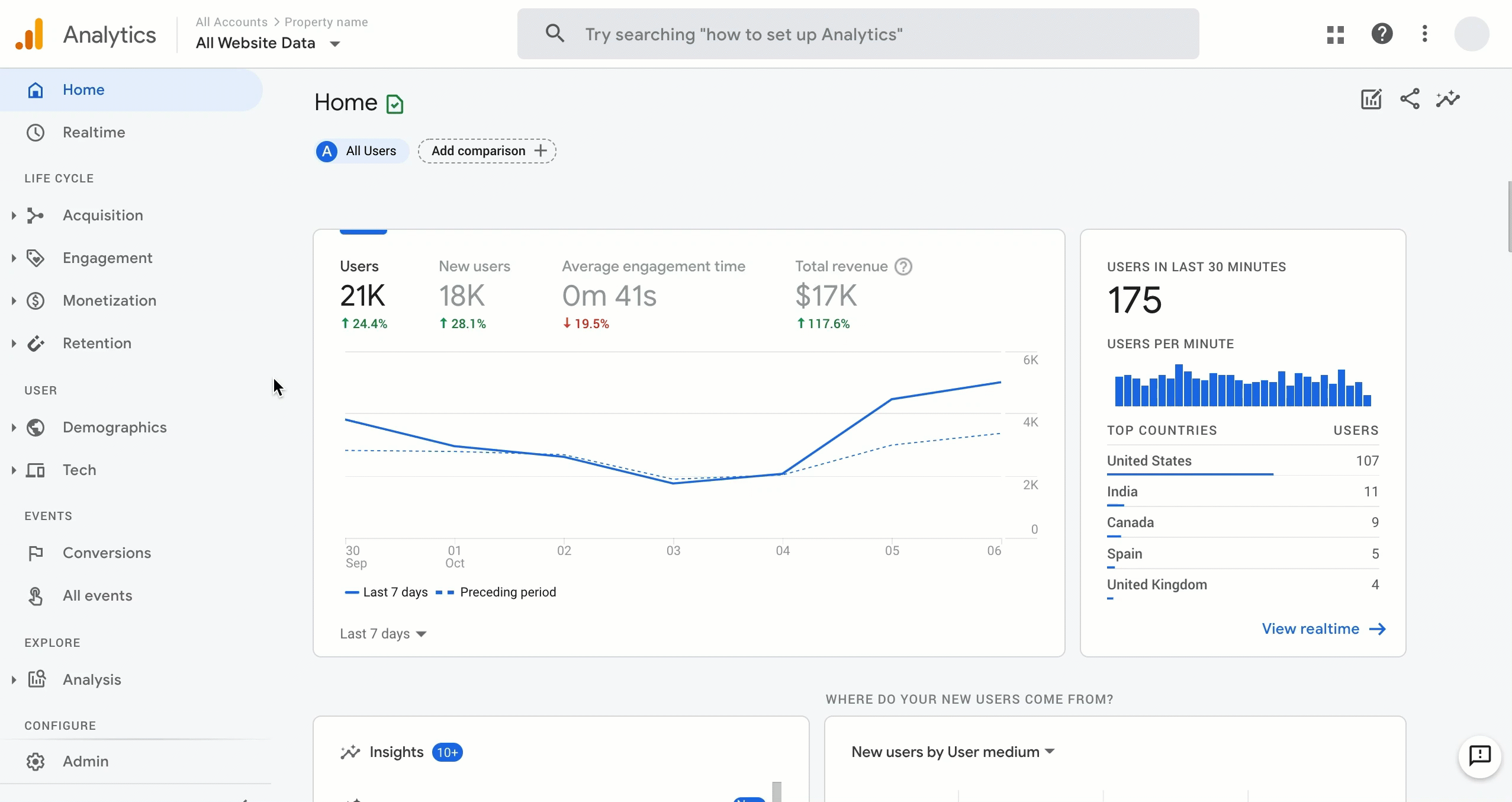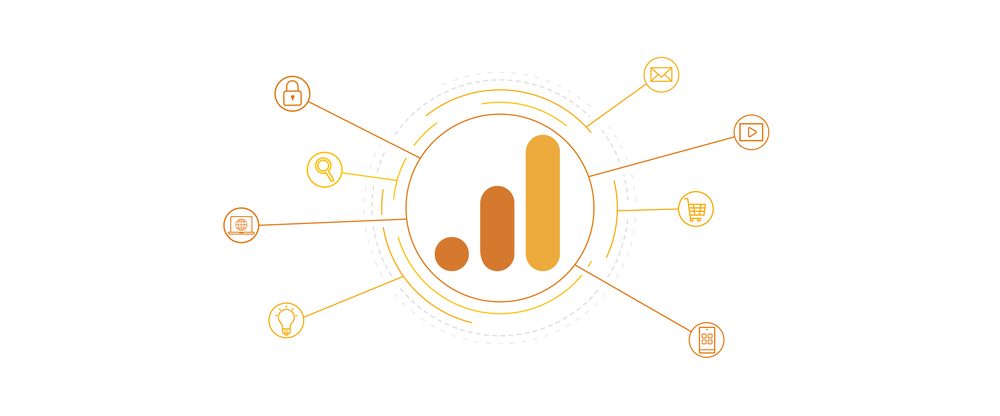What does this mean for the future?
It’s officially happened – Google has announced the sunsetting of Universal Analytics. From July 1st, 2023, Universal Analytics will no longer process any new hits for free accounts and October 1st, 2023 for 360 accounts.
Google Analytics 4 will become the primary measurement tool within the Google ecosystem.
Personally, I meet this decision from Google with mixed feelings. GA4 has plenty of benefits but it still lacks some of the functionality we’ve come to love within UA, and 15 months is a small timeline given the complexities of many installs. However, as with any change, comes great opportunity.
Key differences between GA4 and UA
Underneath GA4 is a more modern and flexible measurement model where data is built on events alone instead of multitude of hit types available within UA.
GA4 will eventually become cookie-less and will also no longer store the IP address of website visitors – a win for privacy!
Tracking of basic on site events comes bundled within the base install of GA4 – scroll depth, clicks, file downloads can all be added without additional tracking. However, more bespoke event tracking can be more time consuming with the added flexibility.
Data transformation filters are limited within GA4 – it’s currently not possible to format data and include/exclude a set list of dimensions as we can with UA.
GA4 will automatically group all traffic without the ability to customise (currently). The good news is that it can group paid social with source / mediums of platform and cpc.
The user interface within UA is straightforward and easy to get to grips with – GA4 has some improvements to make here where the default reports are a big change to what we’re used to now (landing pages are missing!).
GA4 however has a good level of reporting functionality below the surface where custom reports can be built for user flows, funnels and other explorations.
Machine learning is playing a more integral role within GA4. Data driven attribution is a largely new introduction to Google Analytics as is the new predictive insights that are used to analyse and build audiences.
Debugging is much easier with GA4 – testing your UA implementation can be a cumbersome process waiting for hits and tracking tests down. GA4 has a dedicated view for debugging tracking that gives real time data.
GA4 is bundled with an export to BigQuery that is for the most part, free to use. BigQuery allows you to pipe data to other systems and run more complex analysis.

What should you do next?
As Google has fortunately given the end date – you can start to plan now. I’d suggest aiming for a completed, tandem install by 30th June 2022. This will give you 12 months of historic data ready for the switch over.
In the short term, establish the base level of tracking that GA4 provides by adding the tracking code to your website.
In the medium term, review your digital measurement strategy and existing UA set up. Are your key metrics tracked effectively? How can you augment and enhance other data sources – CRMs, advertising platforms? What tracking needs to be migrated from UA to GA4?
In the long term, begin transitioning your functions that use UA to GA4. Data Studio dashboards, custom reports and CRM integrations will need to be migrated.
If you’re looking to start your journey to a new, refreshed Google Analytics get in touch with us today.



















